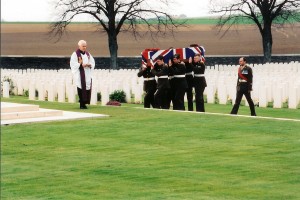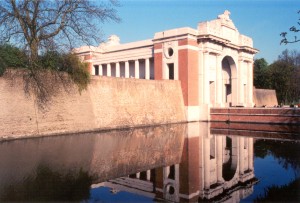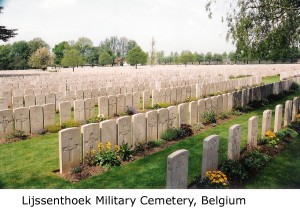13a Battle of Mons – 23 to 24 August 1914
Region: Wallonia
Country: Belgium
A French Battlefields “Virtual Battlefield Tour” as described in Fields of War: Fifty Key Battlefields in France and Belgium.
Summary: In the early morning of 22 August, a patrol of the British 4th Dragoon Guards encountered an advance unit of German Cuirassiers northeast of Mons, who were reconnoitering the approaches to the city. A few shots were fired, and a short chase took place, during which the dragoons caught the retiring Germans after 3 km and inflicted twenty-three casualties.
In the early mists of a drizzly rain the next morning, a short artillery bombardment from guns established on the high ground north of the Canal du Centre, northeast of Mons, fell upon the 4th Middlesex Regiment positioned south of Obourg. At approximately 09:00, they and the adjoining 4th Royal Fusiliers to their left at Nimy were surprised to see waves of German 18th Division infantry advancing across the meadows to the north. Rapid fire rifle slew lines of the German infantry, much like machine guns were to do to British infantry in the Somme battles two years later. The German were forced to withdraw to regroup. A short time later the German infantry, strengthened by regiments from the 17th Division, advanced again, extending the fight to the south. The German losses were again heavy and their massed formations broke into smaller units which started infiltrating the British flanks.
View Battle of Mons: 23 to 24 August 1914 – A Virtual Battlefield Tour by French Battlefields (www.frenchbattlefields.com) in a larger map



